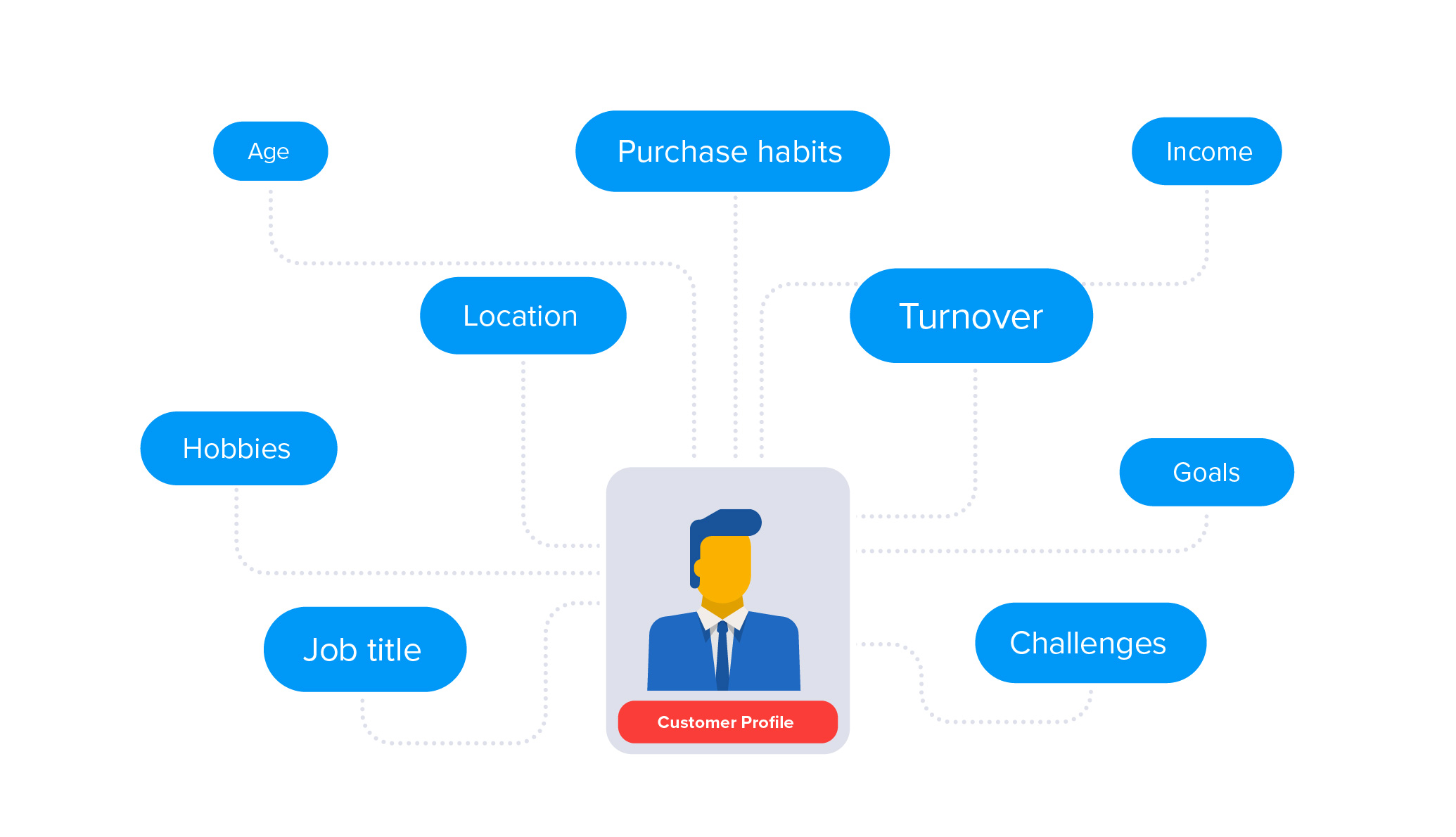So what is “Customer Profiling” anyway? Customer profiling may sound like a mug shot lineup of your customers, but their purpose is far more innocent.
A customer profile is a group of information that represents typical customers. Profiles are sometimes called “personas.” They are used to consolidate learning and help you understand who you’re selling to. They should exist as a fluid, living document that is referenced and adjusted over time. The idea is to create a profile of your ideal customer as if he or she were a real person, (because they are) so you can craft targeted marketing messages to them.

The notion is, if you know who your existing customers are, where they are, what their interests are and what they do online, it should be relatively easy to create campaigns and target more of them right? of course.
Here are a few things you can do to create customer profiles and use that to find more (customers).
Understand your products, services, and how they’re actually being used.
The first and most crucial step in creating an accurate customer profile is fully understanding your own products, services, and your mission as an organization.
Get feedback from your customers.
To create the most accurate customer profile possible, you need to survey your audience consistently to get their feedback on your offerings as well as their perception of your company. Tools like Survey Monkey, Checkbox or Survata are helpful and affordable for business of all sizes looking to survey their audience.
Disclaimer: People are really disinterested in taking surveys and filling out feedback questionnaires, so in order to get them to do so, consider incentivizing them to do so with some type of offer like 10% off their next purchase or something that show’s you really value their time.
Identify the customer based on demographics, psychographics, behavioral other important factors.
As the title for this section suggests, find out their interests, gender, job role, location, and more. The more information you can gather on your customers, the more accurate you’ll be in winning the customer to do business with you instead of your competition. This could be done by a customer analytics firm or even looking into which CRMs are offering features that allow you to do this on your own.
Keep your customer profiles up to date
Once you gather all the information you can, document your findings in a database with an easy to read template. Remember that the template you make for each of your customer types should be the same. Having sections for demographics, behaviors and habits, psychographics, and environment (societal surrounding) would be a good start for your customer profile template.
Keep Reading
Want more? Here are some other blog posts you might be interested in.
1win — ставки на спорт в букмекерской конторе ▶️ ИГРАТЬ Содержимое Преимущества работы с 1winУдобство работы с 1winКак сделать ставку на спорт в 1winШаги для ...
Mostbet AZ - bukmeker ve kazino Mostbet - Giriş rəsmi sayt ▶️ OYNA Содержимое Mostbet AZ rəsmi saytı haqqında məlumatlarMaliyyə planları qazanmaq üçün nəzərə alınmalıdırMaliyyə ...
10 лучших казино онлайн 2025 - сравнение платформ и бонусных программ ▶️ ИГРАТЬ Содержимое 10 Лучших Казино Онлайн 2025: Сравнение Платформ и Бонусных ПрограммКазино 1: ...
For founders and growing companies
Get all the tips, stories and resources you didn’t know you needed – straight to your email!
